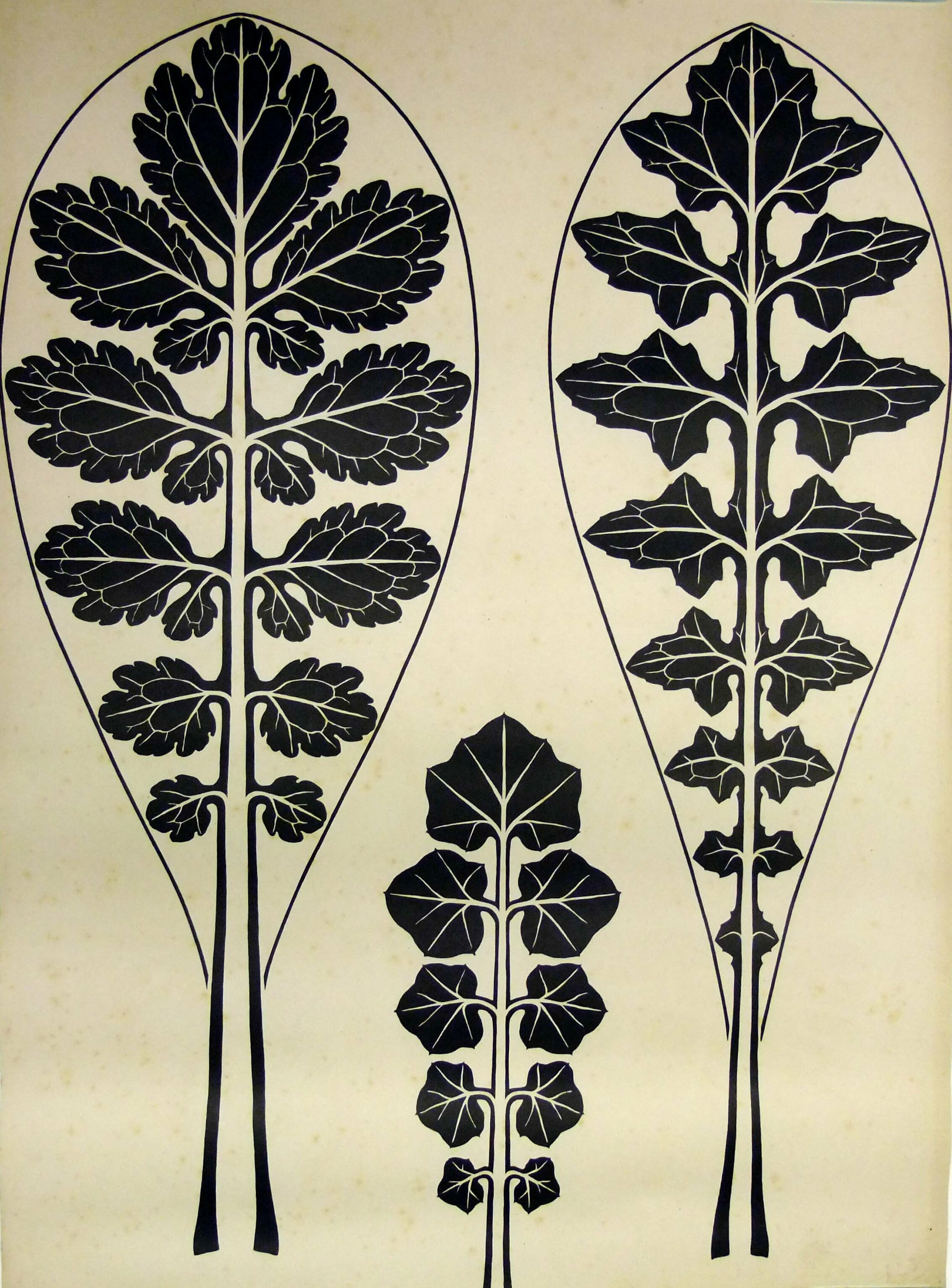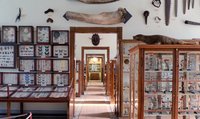Druckentwurf für eine Wandtafel als Lehrmittel. Das Blatt wurde in schwarz-weiß ebenfalls wiedergegeben in Meurers Publikation "Vergleichende Formenlehre des Ornamentes und der Pflanze" von 1909 unter der Abt. III., Taf. 10.
Als Beispiele für gefiederte Blätter stellte Meurer das Schöllkraut (Chelidonium), die Wegwarte (Cichorium) und den Mauerlattich (Lactuca) vor. Derartige Blätter hielt Meurer für die wichtigsten Vorbilder für Flachronamente des ausgehenden Mittelalters sowie in architekonischen Ornamenten.
Zahlreiche Drucke in diesem Werk widmete Meurer dem Akanthusblatt als "Königin" innerhalb des klassischen Ornament-Kanons der Kunstgeschichte. Zu finden war es laut Meurer seit Ende des 5. Jahrhunderts vor Christus in praktisch allen Stilperioden. Mit dieser Darstellung der fiedernervigen Berippung wies er aber auf eine praktisch nicht gebräuchliche Form des Akanthusblattes in der Kunstgeschichte hin.
en

